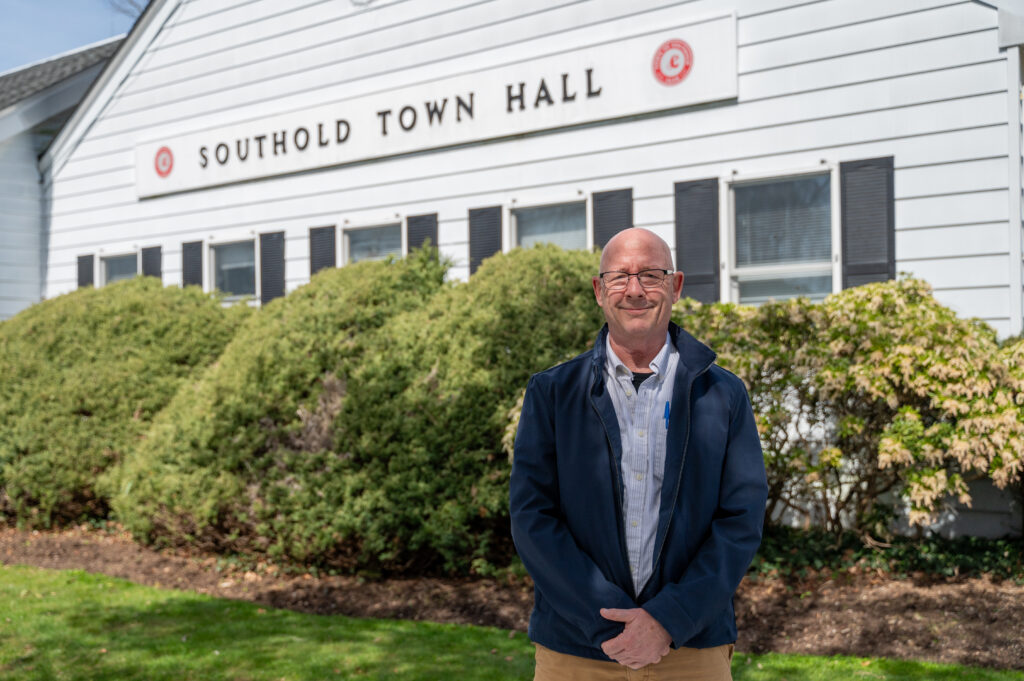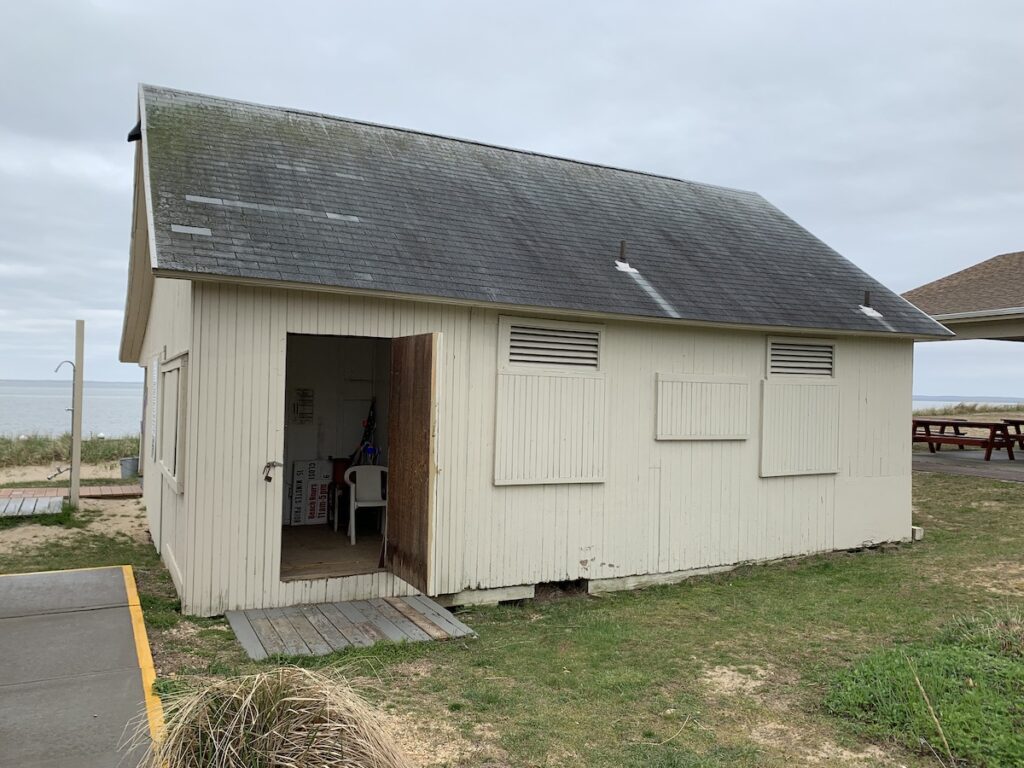New Suffolk school may transition to ‘non-instructional’

After over 100 years, the New Suffolk Common School Board of Education will ask the public to vote next month to determine if the school will become a fully non-instructional facility.
The vote will take place March 5 from 3 to 9 p.m. at the hamlet’s red schoolhouse on 4th Street.
“Due to the decline in enrollment, our priorities are providing the best education for the students along with preserving the building and grounds of the district,” Superintendent Joseph Vasile- Cozzo said in a statement. “The vote will determine if the New Suffolk School will become a non-instructional school.”
A non-instructional school district does not provide day-to-day instruction within its own buildings. Instead, resident students are sent to neighboring school districts under tuition agreements.
Since 1907, New Suffolk has taught only elementary grades in its iconic schoolhouse and tuitioned secondary students to neighboring districts. Presently, 15 high school and two elementary students attend school in Southold, and six elementary students are taught within the New Suffolk district.
Should the vote pass, along with budget approval later on this school year, all New Suffolk students in grades K through 12 would be tuitioned to a neighboring district to begin the 2024-25 school year.
The district’s school board will meet once more, at 7 p.m. on Feb. 13, before the vote. There will also be a meeting for the New Suffolk community on Feb. 27 at 7p.m.
“New Suffolk will continue to function as an independent school district and will not be absorbed by any other neighboring district,” the statement said. “The New Suffolk community will continue to pay New Suffolk School District taxes to fund the tuition of their K-12 students.”
Testimonials posted on the school website seem to indicate that parents of current New Suffolk students welcome this prospect, and speak to how such a change could benefit their children.
Parent Sara Wolfe, whose two sons are now in pre-K and first grade at New Suffolk, wrote: “My oldest is an incredibly, intelligent, happy bright little boy whose spark I feel is slowly diminishing due to the very small setting at the school. He wants to be everybody’s best friend but he has yet to find someone his age to relate. This is causing sadness for myself and my family and him. Moving him to a bigger school would allow him the opportunity to flourish, socially and emotionally.”
She continued by describing how her younger child would also benefit from this change: “My pre-K child is four years old. He’s had a rough start as far as he had an [Individualized Education Plan] for speech therapy since he was 2 1/2. He has come along way and had a long journey and is finally able to hold a conversation. Being the youngest at his school, he’s often laughed at for his speech, which is no fault of his own. This is causing regression, and emotional issues. Tuitioning my boys to a larger school is the hope and prayer that my family needs.”
According to a frequently asked questions page on its website, the school is in discussions with both the Mattituck-Cutchogue and Southold school districts regarding tuition agreements for their elementary students and any new secondary students.
In April 2018, the New Suffolk school almost closed and had scheduled a similar vote asking residents if the 15 students attending the school at the time should be sent to Southold, but the Board of Education voted unanimously to cancel that vote.
The New Suffolk district first appeared on the New York State Comptroller’s fiscal stress list in January 2019 and has remained there. Last school year, it was listed as under moderate fiscal stress, and this year is deemed under “significant stress,” a classification that indicates the highest fiscal risk.
Should New Suffolk residents vote to transition the school to non-instructional status, existing buildings and grounds will “remain unchanged” during the transition, according to the district statement, and any future building use will be discussed with the community in open board meetings.








